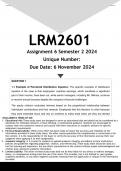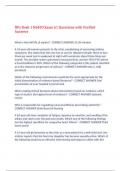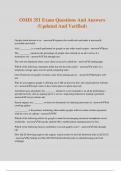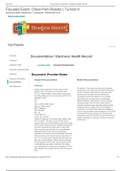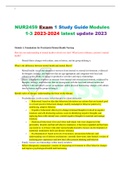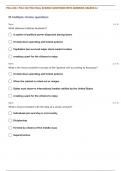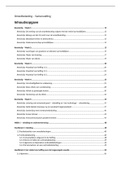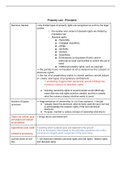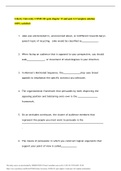Exam (elaborations)
LRM2601 Assignment 6 (ANSWERS) Semester 2 2024 - DISTINCTION GUARANTEED
- Institution
- University Of South Africa (Unisa)
Well-structured LRM2601 Assignment 6 (ANSWERS) Semester 2 2024 - DISTINCTION GUARANTEED. (DETAILED ANSWERS - DISTINCTION GUARANTEED!)..... Read the case study and then answer the questions that follow. A TOUGH SITUATION AT GOLDEN WHEELS TRANSPORT SERVICES Sipho is a young, ambitious man pursuing...
[Show more]
